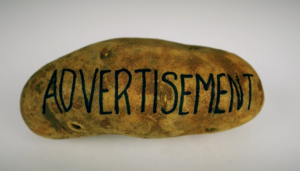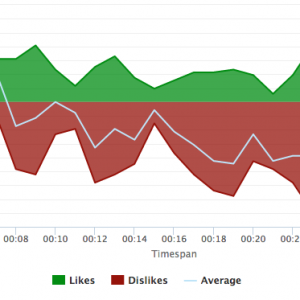How to make video explainers that increase conversion
“99% of advertising doesn’t sell much of anything”-
David Ogilvy, advertising legend
If you’re on a budget and you’re looking to make a video explainer that increases conversion (sales!), you’ve found the right guide. This guide covers three fundamental steps of making a solid video explainer that you can be proud of:
I. Planning: How to plan your content so it speaks directly to the needs of your target customers.
II. Production: How to produce multiple versions of your video that fit your budget.
III. Post-production optimization: How to A/B test and optimize your video for maximum impact.
I. Planning
“If you fail to plan, you plan to fail.”
Smart planning is essential for your marketing success. Your video is not a stand-alone asset; it works in conjunction with your website, sales, and distribution channels. Before making your video, you would need to figure out 3 key factors:
A. The script
What you are going to say. Depends on your needs, you’ll need to answer the following questions to yourself as you’re writing your rough draft:
-The big idea: how do you explain your products or services in 1 or 2 memorable sentences? For instance: iPod’s “1000 songs in your pocket”, DeBeers’ “A diamond is forever”, and M&M’s “Melts in your mouth, not your hands”. The reason you want to keep this short and simple is to increase retention. Your audience might not convert right away, but they would remember your brand and convert later.
Let’s use Spot Trender’s story as an example. Initially when we made our first explainer for Spot Trender, we made the mistake of over-complicating our explanation and our conversion rate took a hit for that. We used to say “Spot Trender is a cloud-based platform that uses predictive analytics to A/B test video pre-production. Our clients would have access to our advanced video-testing platform and target-test their videos to increase advertising ROI.” After testing and doing our homework, we simplified it to: “Spot Trender test video commercials for advertisers so they can pick the best video to launch.”
People will buy your products or services only after they believe in your big idea.
-Features and Benefits: Identify your key features and explain clearly how they benefit your audience. For instance, one of Dropbox’s key features is online storage. Benefits: you can take your files with you everywhere and easily share them. To make the largest impact on your audience, you need to focus on the benefits your features create for them.
-Pre-empt common objections: Write a list of objections you usually encounter. What did you say to overcome them? Unaddressed major objections are detrimental to your conversion rate and ROI.
-Call to action: Identify clearly what you want your audience to do after watching your explainer video. The mistake many video explainers make is that they lack a clear, powerful call to action. You might make a video with clear explanation and amazing production value – but if you don’t have the call to action, all your hard work is wasted. It leaves the audience with a bad “now what?” feeling. Ask them to sign up, request a free demo, or download a white paper etc.
To recap, your script should contain a simple, memorable explanation of your product/service, clearly identify your benefits to your clients, pre-empt most common objections, and a concrete call to action.
B. Media channels
Identify how you’re going to distribute your video and get the infrastructure ready. For instance, if you plan to show your video on your front page, make sure you have your page ready and optimize it as well. Let’s say you want people to sign up for a free trial. The “Sign Up for Free Trial” button should be clearly visible near the video. By figuring out your media channels in advance, you can further optimize the script and the video to appropriate audiences.
C. Budget:
Video production without proper planning can be very expensive for you in the long run. Assuming you’re not producing the video yourself, know your budget and make sure you communicate to your contractors initially.
Additionally, budget for edits. Chances are there will be many things you’re not happy about your first cut. Planning for edits would alleviate this risk for you.
II. Production
Submitting the script and produce the video.
Since we’re not video production experts, we will not go into depths about this topic. Let the pros do what they do best. However, we have a cost-saving method to produce several versions of your first explainers on a low budget.
-The secret is Fiverr.com. On Fiverr, you can contract people to produce your explainers starting at $5/each. All you need to do is submit your script. Usually each video would cost around $20-40, so with $500, you can make 3-4 copies and have around 10 edits.
III. Testing
The simplest way to know if you nailed it is through A/B testing: Create identical webpages with a different version of your videos on each, then drive traffic to those pages to see which one has more clicks. If none of the videos performs as you’d like, don’t be discouraged. Keep testing and the quality of your work will keep improving.
To take your video’s conversion rate to the next level you will need to find out which part of your videos people like and dislike. Spot Trender offers a full suite for both entrepreneurs and Fortune 500 companies to test your commercials and increase your sales. To find out more information or to request a demo, please contact us.
If you’re into methodology, you can learn about how top rocket scientists in the Silicon Valley are using Spot Trender to perfect promotional videos for their research.








